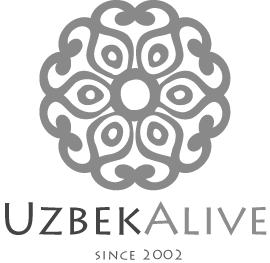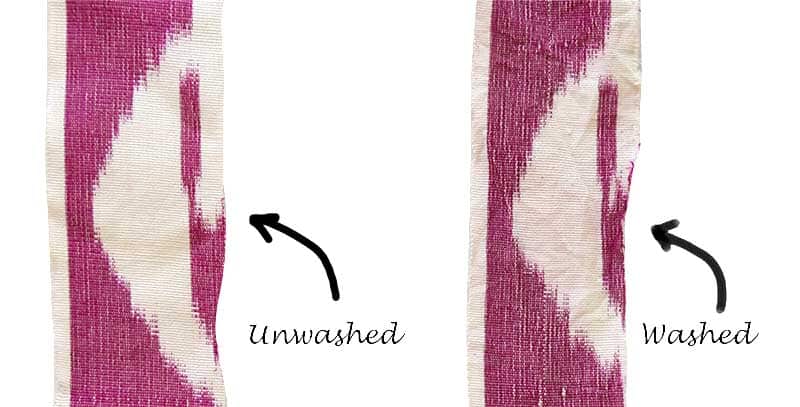Retro Ikat fabric from Soviet Uzbekistan
I love photography, especially black and white photography, especially black and white photography with stories. This post is about Uzbek Soviet ikat dresses made of ikat fabrics in images of 20th century.
Soviet era and Industrial Age
The Soviet Union, a newborn country in the early 20th century which united 12 relatively poor republics (lated added 3 baltic states), did not have time and resources for luxuries. The goal was to provide basic standards of living to everyone - a very noble goal, I must say, given that most people had very low standards of living. Hence, luxury fabrics like hand woven Ikats became a sign of bourgeoise and ikat making traditions became significantly simplified.
How to care for ikat fabrics?
How to care for ikat fabrics? This is what this blog post is about. Let me start off with a bit of a history. Ikat, as you may already know since you are on this website, is an Indonesian term
Ikat fabric for upholstery: 3 examples of pairing antique chairs with ikat fabrics
Ikat fabrics are widely used for upholstery. They are “go to” fabric when it comes to creating Boho Interiors with subtle and not so subtle ethnic touches. Using ikat fabrics also creates amazing results when ikats pair with antique and
Why are modern day Uzbek ikat fabrics narrow?
Today's topic is the narrow width of Uzbek ikats fabrics. Many of you ask us why Uzbek ikat fabrics are so narrow. With this post I will try to explain why.
Ikat fabrics and arrival of communism
Ikat weaving has been practiced in Central Asia for centuries by artisans. The arrival of bolsheviks with an idea of communism about 100 years ago put an end to individual craftsmanship and made all manufacturing, including ikat making a government domain. Only state owned textile companies made ikats. Attempts to make ikats at home as a side business was a crime for which artisans could go to a jail. This sounds wild but the Soviet idea was to have everyone economically equal. When someone works secretly at home, in addition to working for a state textile factory, he/she gets richer than others. That was unacceptable to the Soviet regime. The fact that ikat weaving has survived is partly due to these "crimes" committed by artisans by working in secret.
Free shipping on orders $99!
It looks like air shipping is getting somewhat normalized. Orders are reaching Americas and Europe within a somewhat reasonable timeframe. Hallelujah!
This being said, post office workers are still reluctant to give us a timeframe within which orders will reach a specific country. This is understandable because each country is handling its Covid-19 situation differently. From recent order deliveries we feel that shipping with registered air mail is going back to pre-pandemic days. That is delivery within 10-14 business days to major metropolitan areas. Rural areas may take longer. However, if you need your order by a certain date please contact us so we can arrange your shipping with DHL, FedEx or Aramex.
Bold ikat patterns of Uzbek ikat fabrics
In a variety of ikat fabrics made around the world one can identify Uzbek ikat fabrics by its bold ikat pattern. Ikat textiles traditions are not unique to Uzbekistan. Many other countries also have long established ikat weaving cultures. However, just like food and music can tell a lot about the a culture, the same holds true for fabrics and patterns.
A tiny bit about Uzbek culture:
Uzbeks are social. Very social. In Uzbekistan we believe that a tight knit supportive family is a foundation of good happy life. Uzbek families are usually large, especially in villages.Gatherings are celebrated widely with music, dancing and a lot of good food. Uzbeks in general like things that are vibrant, colorful and festive. This is very evident in clothing and bold ikat patterns of ikat fabrics made and worn in Uzbekistan.





